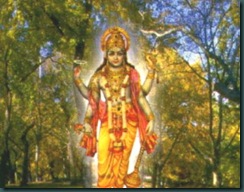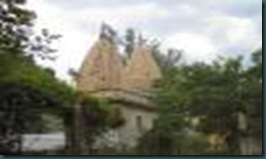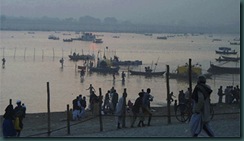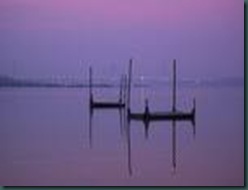Very few people are fortunate to have darsan of Lord Venkatesa and within a week Lord Ranganatha especially on Vaikunda Ekadasi day –Utsavar with Rathnangi and Moolavar with Muthangi and I am one such person who had this this year. It was a thrilling experience.
Out of the Hundred and Eight Divyadesas SRIRANGAM known as BHOOLOGA VAIKUNDAM, PERIA KOYIL is considered as holy of the holiest.
Throughout the year Festivals are conducted. Of all the festivals the Adyayana Utsavam conducted during Margazhi month ( Dec-Jan ) is of special importance to the devotees.
During this festival days Srirangam will be a huge Kalyana Mandapam and all these days are Marriage days for Lord Ranganathan. This festival is divided into three parts namely Pagal Pathu, Rappathu and Iyalpa. The festival will start with THIRUNEDUNTHANADAVAM on Amavsya day before the commencement of Pagal Pathu.
The beauty of Namperumal during these days-with different different alamgarams adorned with various jewels and head gears can only be seen than described-even if you have thousand eyes-they are not enough.
During Pagal Pathu Perumal will be in Arjuna Mandapam with Alwars and Acharyas-present in archa form. The first 2000 verses of Nalayiram Divya Prabhandam will be recited during pagal pathu by Arayers with abhinayana- a very rare sight-can be seen only in Srirangam,.
Thiruvaimozhi will be recited in front of Namperumal at Thirumamani Mandapam-thousand pillar mandapam during Rappathu.
The 10th day festival is Nachiyar Thirukolam when Namperumal changed himself as Nachiyar or Mohini. In appearence he will look like Ranga Nachiyar
On the Vaikunda Ekadasi Day Nampurumal will be adorned with Rathnangi ( With emerald, rubi, diamond and other precvious stones with Pandiyan kondai and would cross the Paramapatha Vasal at an auspicious time to the accompaniment of vedic recitation.
Devotees will have dharsan for the full day of Namperumal at Thirumamani mandapam inside the 1000-pillar mandapam on this day.
On the 8th day Vedupari Utsavam will be celebrated. On that day Namperumal would be seated atop a golden Horse and give dharsan to Thirumangai Mannan and make him as Alwar ( who has stolen Lord’s wealth )
On the 10th day of Rappathu, Nammazhwar Mokasham is of great significance and it marks the culmination of Adyayana Utsavam. On this day Sathumurai will be held on account of Namalwar reaching Vaikundam.
Daily lakhs and lakhs of devotees will visit the temple from all parts of India and there will be annadhanam in many places for devotees.
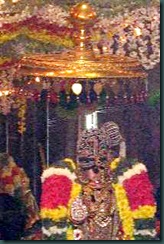
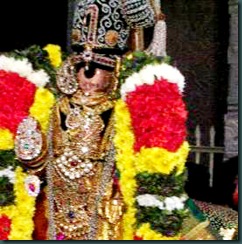
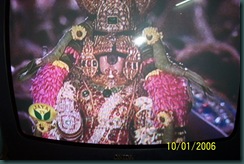
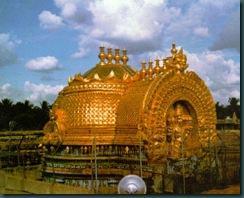
![Rajagopuram%20(1)[2] Rajagopuram%20(1)[2]](http://lh6.ggpht.com/_-aoqBW5KKbU/SzxKaDulw_I/AAAAAAAAA-I/iXbtDb2z7-c/Rajagopuram2012_thumb.jpg?imgmax=800)
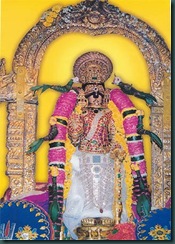
















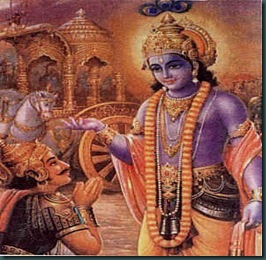

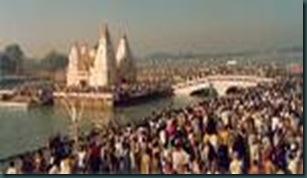
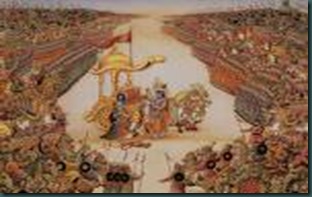

![clip_image001[4] clip_image001[4]](https://blogger.googleusercontent.com/img/b/R29vZ2xl/AVvXsEi5m0Xi8OAkB5Fhmr4yTsgxh_86rUqJMT_uLG6kr25fUnxltpoiEIH9ACPQzesRCwUsaKT3Bs1ASwSmQ27KGeiTPNKQaJSNeyGgj3BY0xDjBRFMUuOHLnbsF3ZyzJ3F9HT4BYo8Z3itVWo/?imgmax=800)
![clip_image001[6] clip_image001[6]](http://lh6.ggpht.com/_-aoqBW5KKbU/SvawqpvVrCI/AAAAAAAAAmw/LZPSPDNsJA0/clip_image001%5B6%5D_thumb.jpg?imgmax=800)
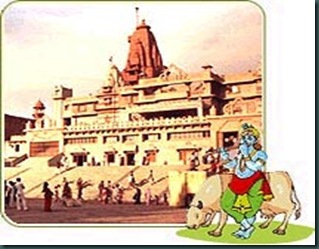
![clip_image001[8] clip_image001[8]](http://lh6.ggpht.com/_-aoqBW5KKbU/SvVTf0uF5qI/AAAAAAAAAl4/Q4BhCCurgdA/clip_image001%5B8%5D_thumb%5B2%5D.jpg?imgmax=800)
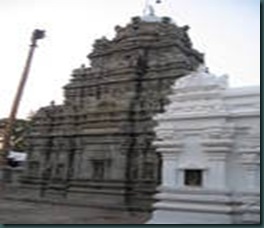

![clip_image001[10] clip_image001[10]](http://lh5.ggpht.com/_-aoqBW5KKbU/SvVTqR8SVgI/AAAAAAAAAmQ/LNVyf1LK0lo/clip_image001%5B10%5D_thumb%5B2%5D.jpg?imgmax=800)
![clip_image001[12] clip_image001[12]](http://lh6.ggpht.com/_-aoqBW5KKbU/SvVTtK-MyFI/AAAAAAAAAmY/n9jcT8vRons/clip_image001%5B12%5D_thumb%5B2%5D.jpg?imgmax=800)
